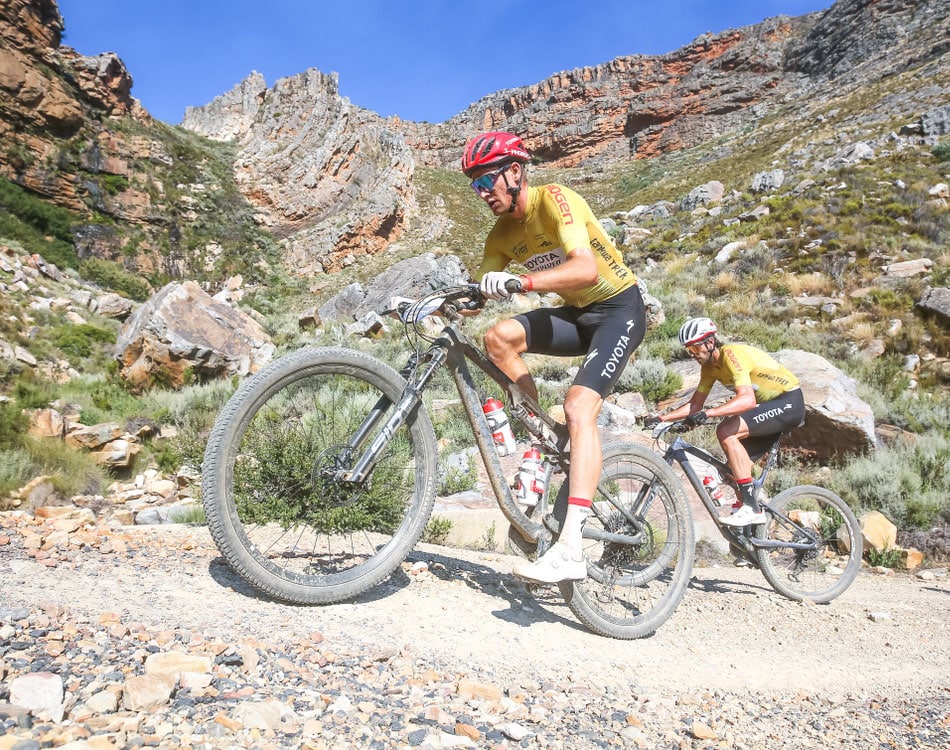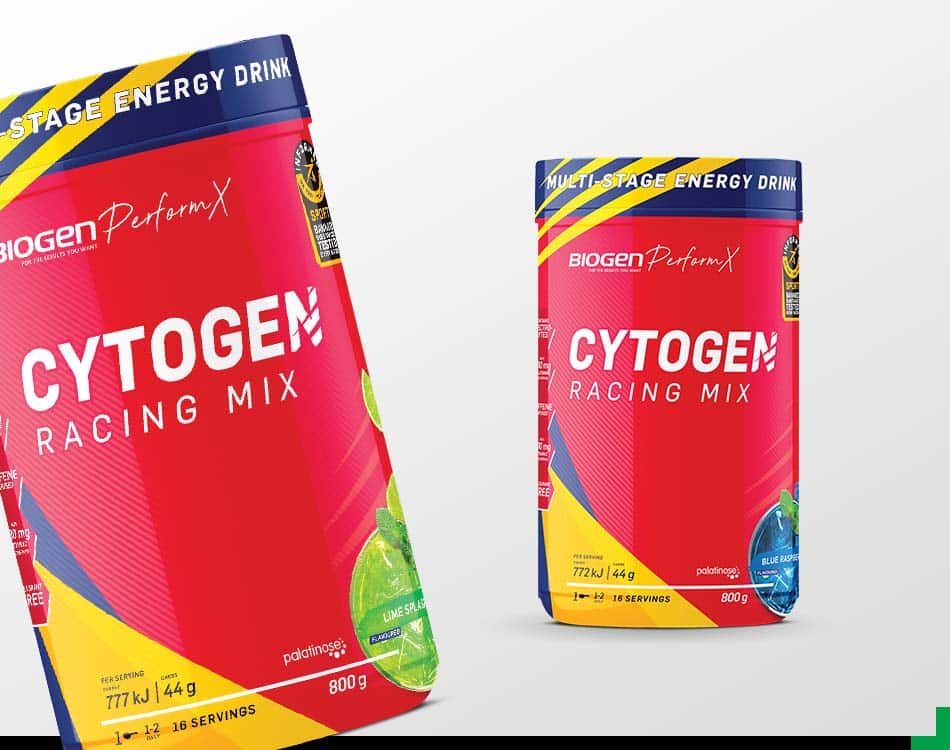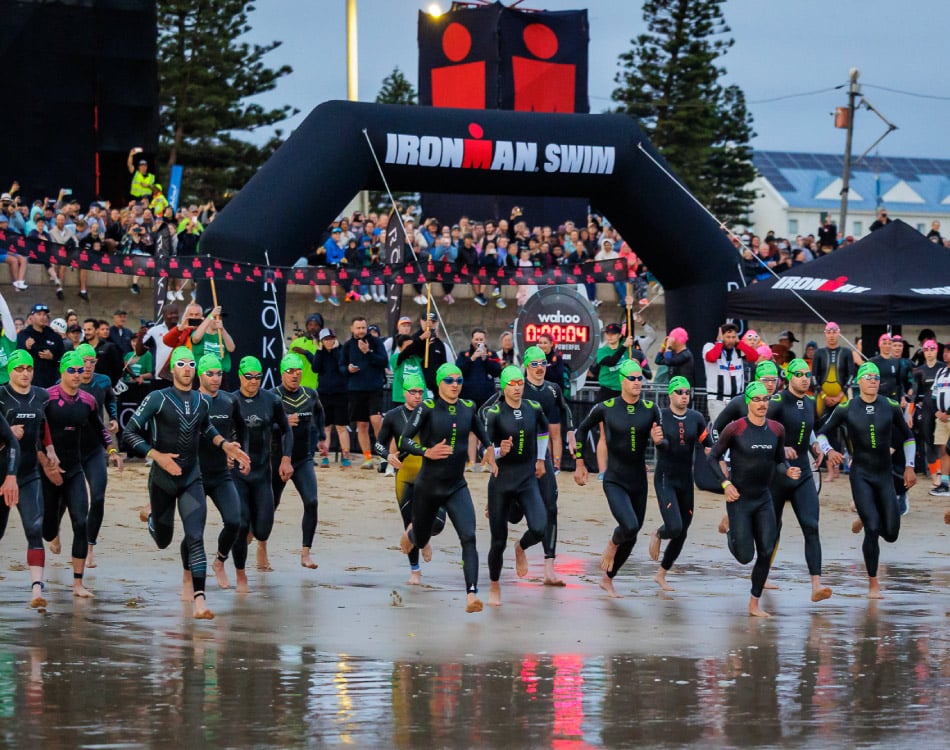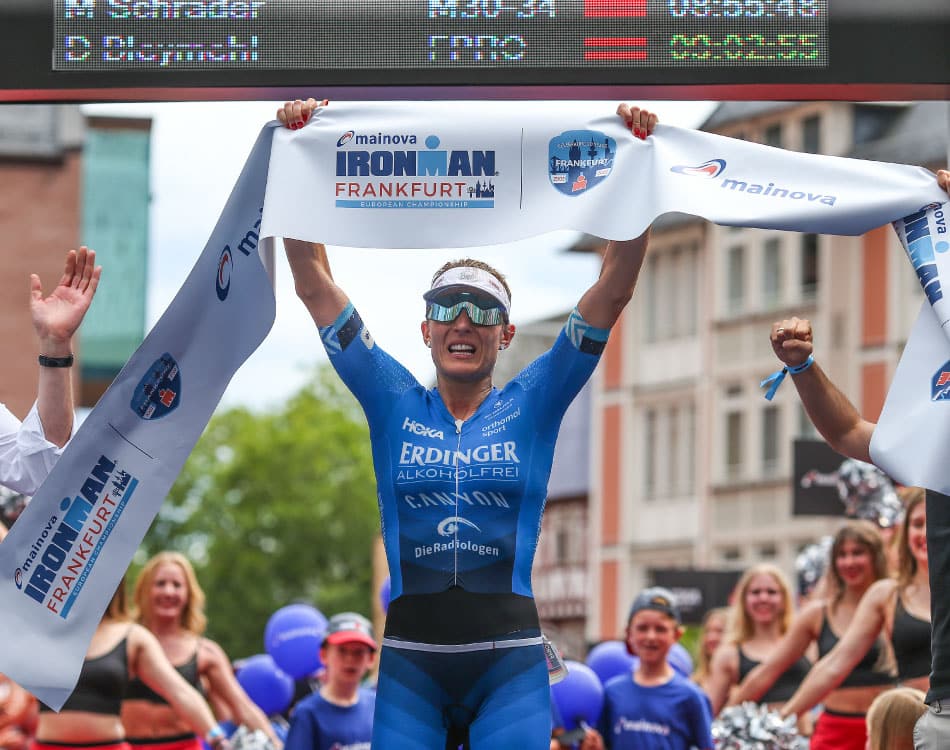While lactate threshold training is a hot topic in endurance circles right now, it is not a new concept and has formed the cornerstone of endurance training for years.
However, its application and effectiveness in training plans has gained renewed interest thanks to ground-breaking work (and other-worldly racing results) by Norwegian athletes and their coaching teams.
READ MORE | Why You Should Train For ‘THE Lactic Acid Burn’ More Often
The Norwegian hype machine
Numerous athletes from this small Scandinavian country have delivered standout performances using what has become known as the Norwegian training model1, which is built around controlling training intensities by directly monitoring lactate levels (using a lactate monitor and testing blood samples from your finger or ear throughout the session).
Kristian Blummenfelt, the 2020 Tokyo Olympics triathlon gold medalist and 2022 Ironman 70.3 World Champion, 2022 Ironman World Champion and two-time Ironman 70.3 World Championship Gustav Iden, and 1,500m Olympic gold medalist and record holder Jakob Ingebrigtsen, use this method.
The way these high profile athletes have dominate racing over the past few years has caused many in the broader endurance industry to sit up and take a closer look at lactate threshold training.
The Norwegian training model explained
Pioneered by Olympian, doctor, and coach Marius Bakken, the Norwegian training model follows a high volume training plan (150-180km a week of running1, for example), with a large proportion performed at an easy pace (zone one).
Athletes perform the majority of their intense sessions at or just below their lactate threshold (zone two), and a small proportion of their training in zone three (above threshold).
The unique element in this approach is not necessarily training at lactate threshold, but rather performing two lactate threshold workouts a day, twice a week (normally on Tuesday and Thursday), with an additional shorter zone three workout on a Saturday, with a long training run or ride on Sunday. The remaining training sessions are done at recovery or easy pace.
READ MORE | Become A Better Climber To Boost Your Performance
Defining the lactate threshold
When discussing threshold training, you may hear different terms used to define it, including lactate threshold (LT), lactate inflection point (LIP), anaerobic threshold (AT) or, less often, ventilatory threshold.
In general, they all describe a point during physical activity when the intensity of exercise leads to an accumulation of lactate in muscles. Basically, your LT is the point during exercise when the intensity of your effort forces your body to switch from aerobic to anaerobic metabolism to sustain that activity.
Our aerobic energy pathway is our dominant energy system. It has the ability to fuel sustained low to moderate intensity activity, which is generally below 65% of our maximum heart rate.
It does this by metabolising both carbohydrates and fats into usable energy at a cellular level, in structures found in muscle cells known as mitochondria.
This metabolic process (known as aerobic respiration) can only occur with sufficient oxygen. One by-product produced during this metabolic process is lactate (along with other exercise metabolites like hydrogen ions).
When we exercise at or below our LT, our body can recycle that lactate to produce more energy while removing any excess lactate produced faster than it builds up.
READ MORE | 5 Gym Supplements For Endurance Athletes
Enter the red zone
However, when the metabolic demands of the activity rise, the body is no longer able to supply sufficient oxygen to support the oxidative (aerobic) energy pathway. At this point, our bodies switch to the anaerobic energy pathway and can only metabolise glucose for energy.
In this zone (zone three in the Norwegian model or zone 5 in the standard heart zone charts), lactic acid starts to build up at a faster rate than the body can remove it. This is what endurance athletes call the red zone, because it is difficult to sustain efforts in this zone for longer than a few minutes.
And when lactate levels rise, fatigue sets in and you slow down. While this point is different for everyone based on genetics, physiology and conditioning, the effects are the same.
READ MORE | 3 Ways To Embrace The Endurance Suffer Fest
Increasing exercise capacity
And this where lactate threshold training comes in. By systematically including interval sessions, fartleks, hill repeats or progressive efforts in a training plan, athletes can train at or near our LT for short periods, with select sessions pushing above this threshold.
Over time, our body will adapt to the metabolic demands placed on it during these training sessions, which raises our lactate threshold. Ultimately, these training adaptations push out the point where athletes start to fatigue, as the body more effectively buffers and removes lactate, which increases our endurance capacity and improves our fatigue resistance.
In other words, a higher LT allows athletes to sustain higher exercise intensities for longer periods before reaching that tipping point.
And when you train at the correct intensity – at or slightly below your lactate threshold – athletes experience the physiological adaptations that improve aerobic and anaerobic fitness and lactate threshold that make them more efficient, but don’t accumulate fatigue excessively.
This means athletes can perform another high-intensity session a few days later (or hours in the Norwegian model).
Scientific support
As it relates to endurance activities, this increased capacity shifts your LT (expressed as a percentage of your VO2 max) to the right (improves it).
To better illustrate this effect, before a training block that targets an increase in anaerobic work capacity, an athlete may have a lactate threshold at 70% of VO2 max. With the right training intensity and volume, the athlete could shift their LT to as much as 85% of VO2 max (studies suggest that the potential increase ranges from 5-22%2,3).
That difference equates to your increased endurance capacity due to the correct application of threshold training, which enables an athlete to run or ride at a higher absolute speed with a lower metabolic cost.
References
- Arturo Casado, Carl Foster, Marius Bakken, Leif Inge Tjelta. Does Lactate-Guided Threshold Interval Training within a High-Volume Low-Intensity Approach Represent the “Next Step” in the Evolution of Distance Running Training? Int. J. Environ. Res. Public Health 2023, 20(5), 3782; https://doi.org/10.3390/ijerph20053782
- A M Jones. A five year physiological case study of an Olympic runner. Br J Sports Med 1998;32:39–43
- Asok Kumar Ghosh, Anaerobic Threshold: Its Concept And Role In Endurance Sport. Sports Science Unit, School of Medical Sciences, Universiti Sains Malaysia 16150 Kubang Kerian, Kelantan, Malaysia













